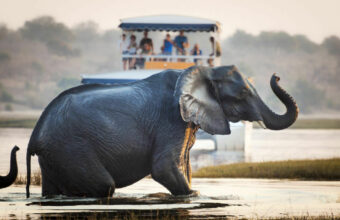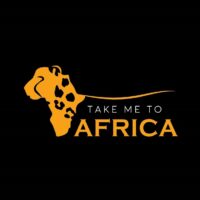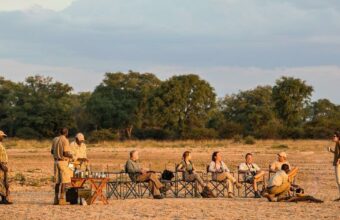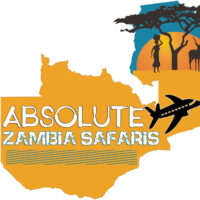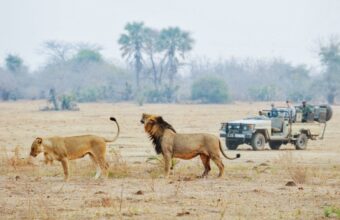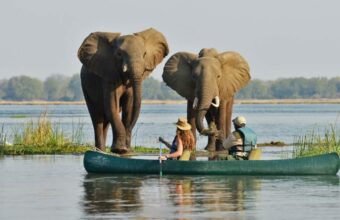Safari in Kasanka National Park
An expert guide to safari in Kasanka National Park
Kasanka National Park is one of Zambia’s smallest national parks but, with an incredible 480 bird species and 114 mammals there’s a lot to see.
The park is best known as home to the annual migration of straw-coloured fruit bats: the world’s largest mammal migration. From October to December each year, about 10 million bats descend on a tiny patch of forest in the park, migrating from thousands of kilometres away, some from the Congo and some from as far as West Africa. It’s an amazing sight to behold.
At dusk the branches begin to tremble as the bats start to wake up, before streaming into the sky and heading out to search for food. And first thing in the morning they return to the colony, silhouetted against the scarlet and gold of dawn. Trust me, it’s a beautiful sight and is well worth the 3:30am wake up.
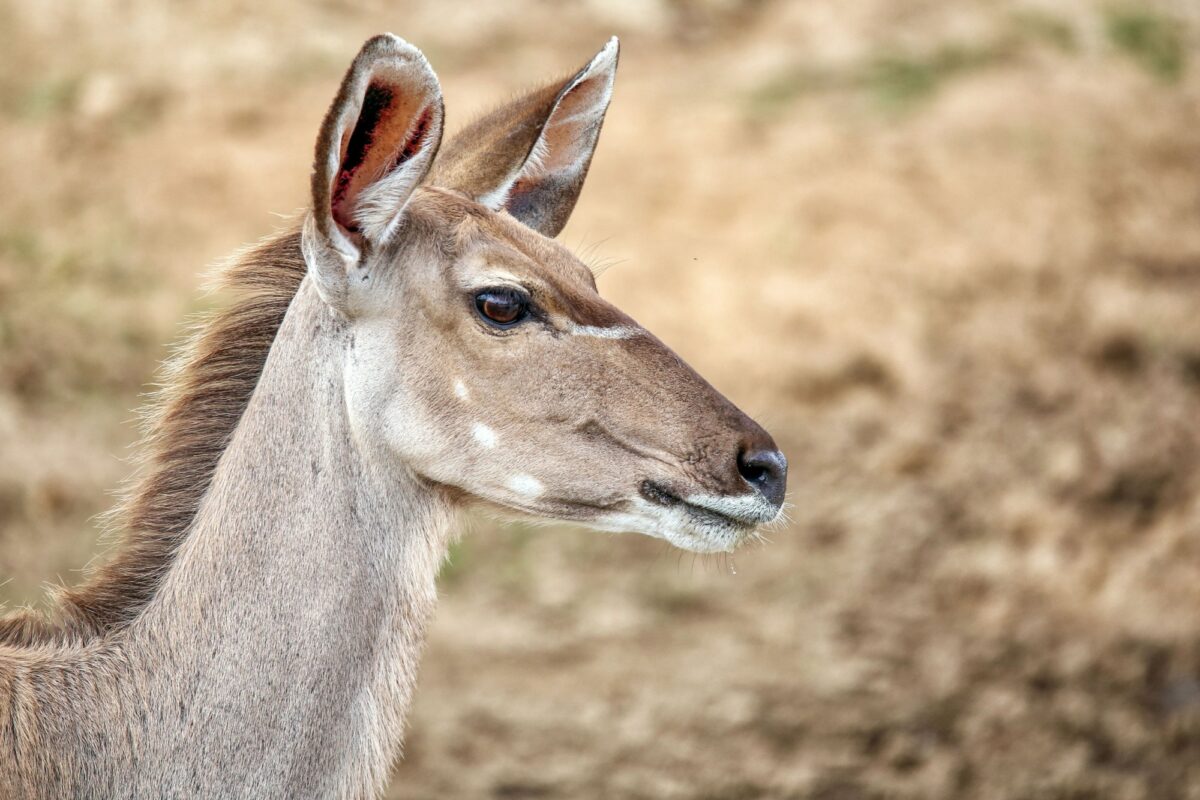
Kudu in Kasanka National Park
Best safaris in Kasanka National Park
A typical day at Kasanka begins with a game drive to the pontoon where sitatunga (a rare, swamp-dwelling antelope) can be seen. Next, you might take a game drive or visit the huge red mahogany trees in Kasanka.
Most visitors to Kasanka go to experience the annual bat migration which occurs from November to December. An estimated 9 million fruit bats migrate from the Democratic Republic of Congo to the park to feed on the fruits of the masuku tree, an indigenous Zambian fruit. The Kasanka bat migration is the largest mammal migration in the world. The best time to see the bat migration is at either sunset or sunrise, when the light highlights the millions of flying bats. Your guide will take you a tree hide high up, where you’ll be able to witness the migration up close.
Beyond the bats, Kasanka is home to one of Africa’s rarer antelopes, the shy, secretive, semi-aquatic sitatunga – the park is home to more than 500 of them, making it Africa’s densest and most visible population of sitatunga! The elusive Blue monkey and the little-known Kinda baboon also both call Kasanka home and it’s unlikely you’ll encounter either of these species anywhere else in Southern Africa.
There are close to 500 species of birds at Kasanka including pel’s fishing owl, the African blue crane and more.
There are plenty of non-safari things to do in Kasanka. Try visiting the David Livingstone Memorial, which commemorates the place the 19th-century explorer died in his quest to find the source of the Nile. Another point of interest is the Nsalu caves, which feature rock paintings from the stone age period.
A trip to the Kundalila Falls can be included in a visit to the Kasanka National Park. The falls are a beautiful single drop falls set in a forest deep in the Muchinga escarpment. It's about a two-hour drive each way, so not really feasible as a day trip.
When to visit Kasanka National Park
The park is open throughout the year, and the emerald season is perfect for birdwatchers. From July to August, wildlife such as elephant, hippo, sitatunga and puku can be spotted. It is also a great time to do a walking safari as the weather is pleasant. Between September and October, game drives, as well as canoe safaris, can be done.
Kasanka National Park best safari camps and lodges
Kasanka National Park has just three lodges. Wasa Lodge is the closest to the airstrip and to the entrance of the park. It is also the closest to the hides to view bats in the forest. Guests staying at the Wasa Lodge have incredible views of the Wasa Lake, where animals such as hippo, sitatunga and puku can be spotted.
The Luwombwa Lodge is located on the Western side of Kasanka National Park. This is a good place to see birds such as the black-breasted snake eagle and raptors. The nearby Chifukwe plains are home to antelope such as reedbuck and sable, as well as frequent sightings of zebra and buffalo.
Those on a tighter budget can camp either at the Kabwe, Pontoon and Bufumu campsites located in the park.
How to get to Kasanka National Park
Kasanka National Park is accessible by road. The drive from Lusaka takes at least eight to nine hours and is tough to complete in one day. Alternatively, there is a landing strip in Kasanka. The Kasanka park team can arrange private charter flights for guests.

